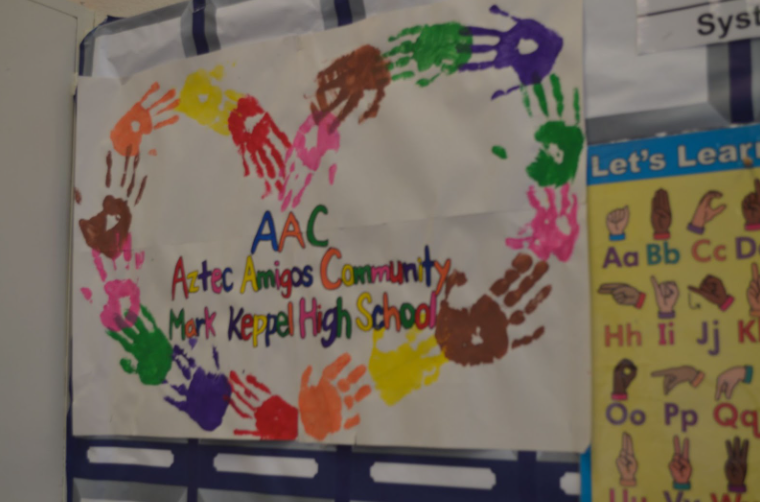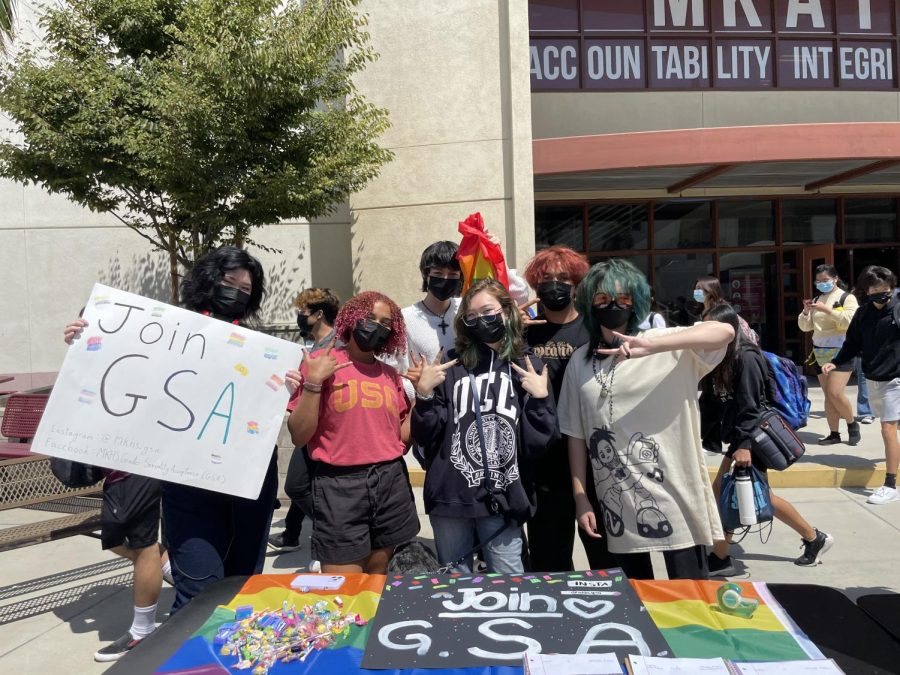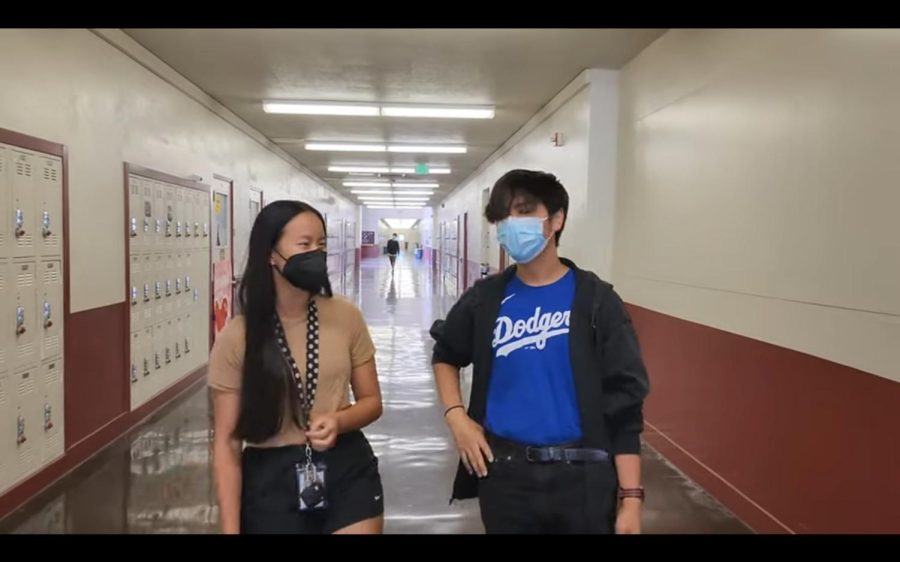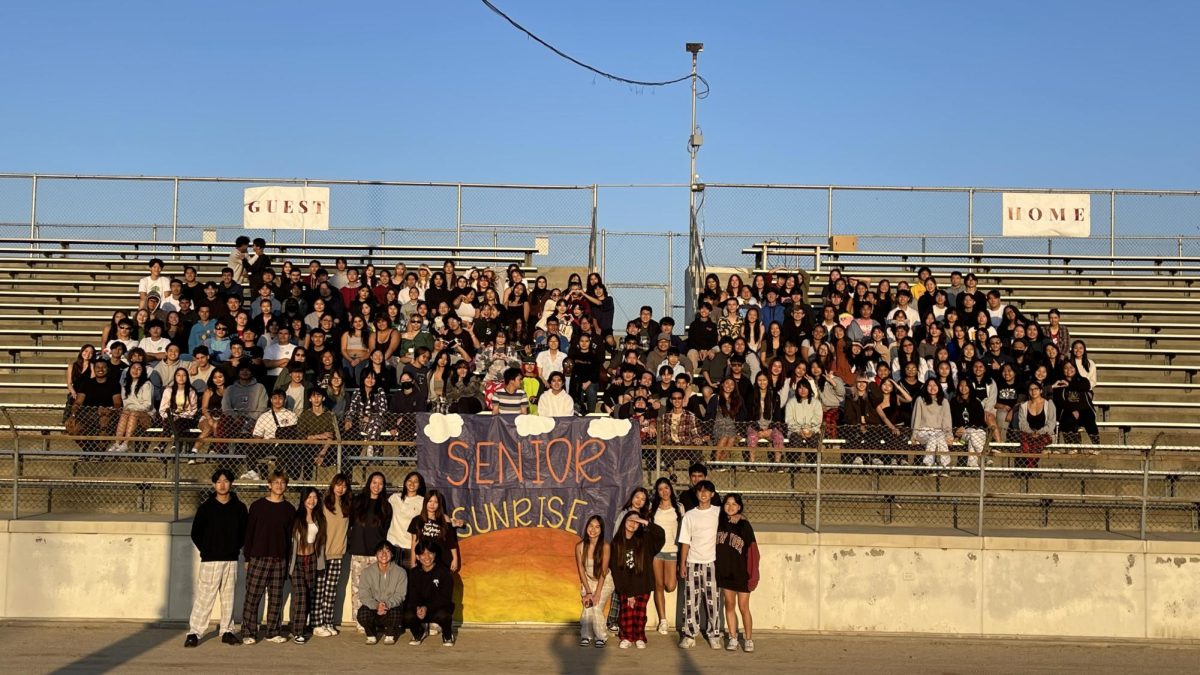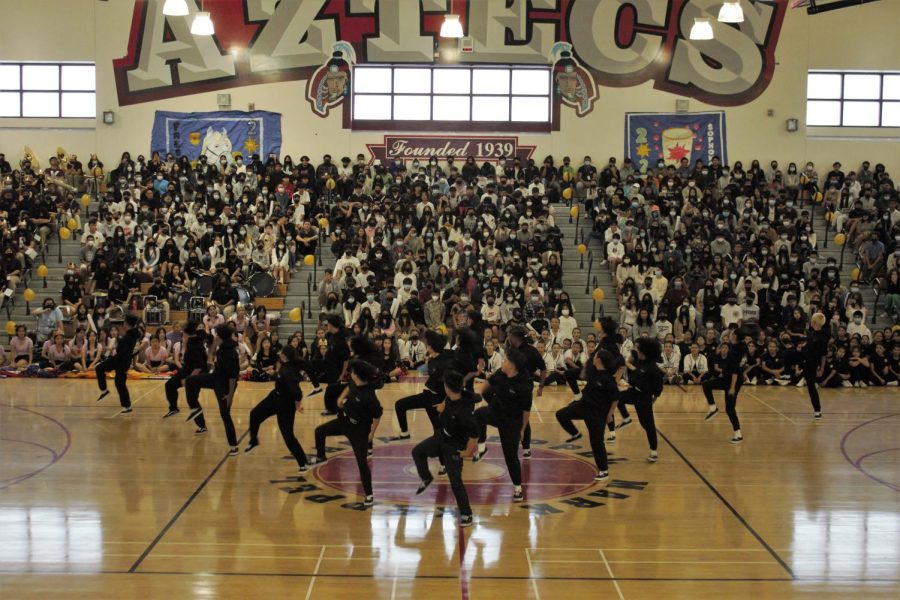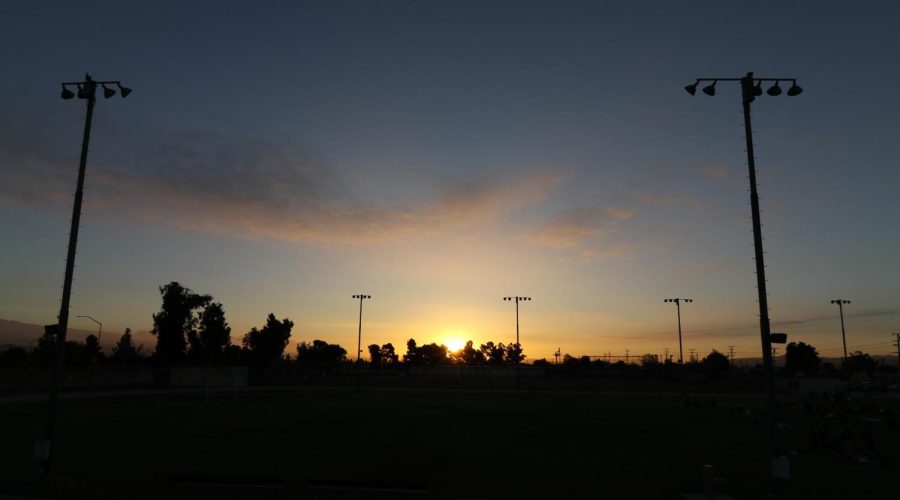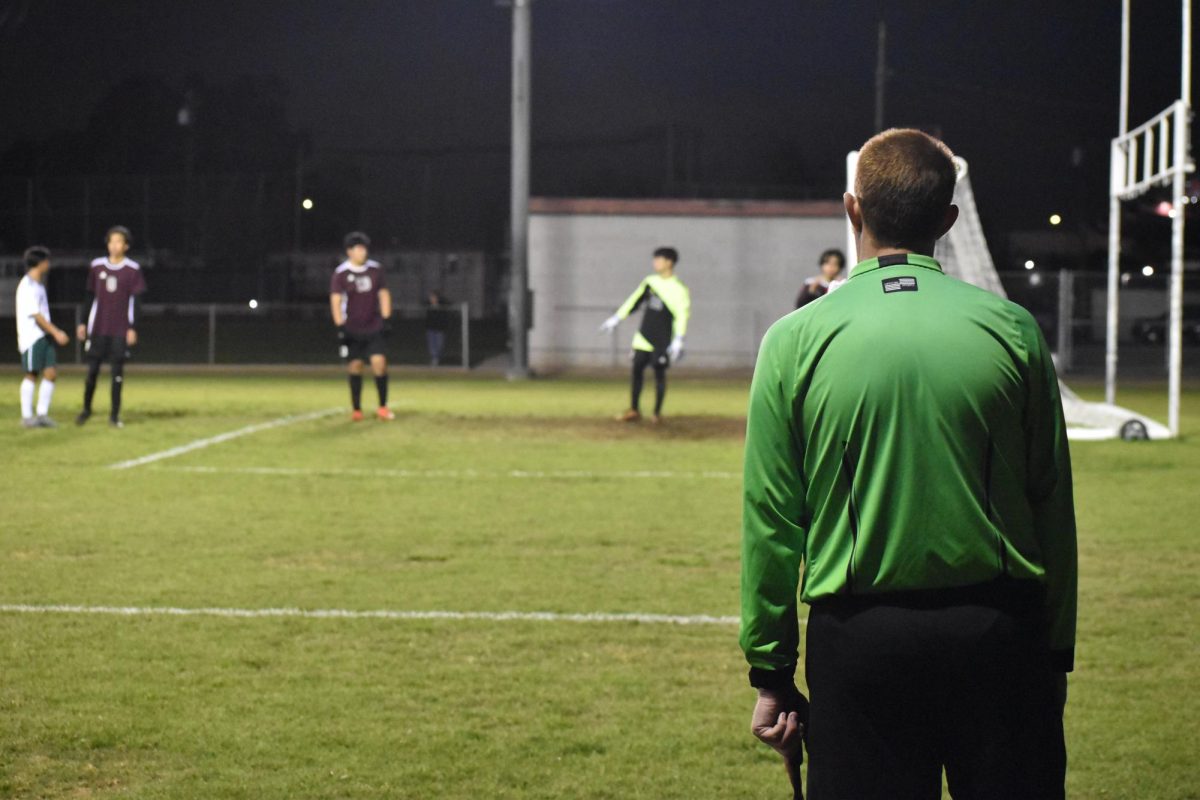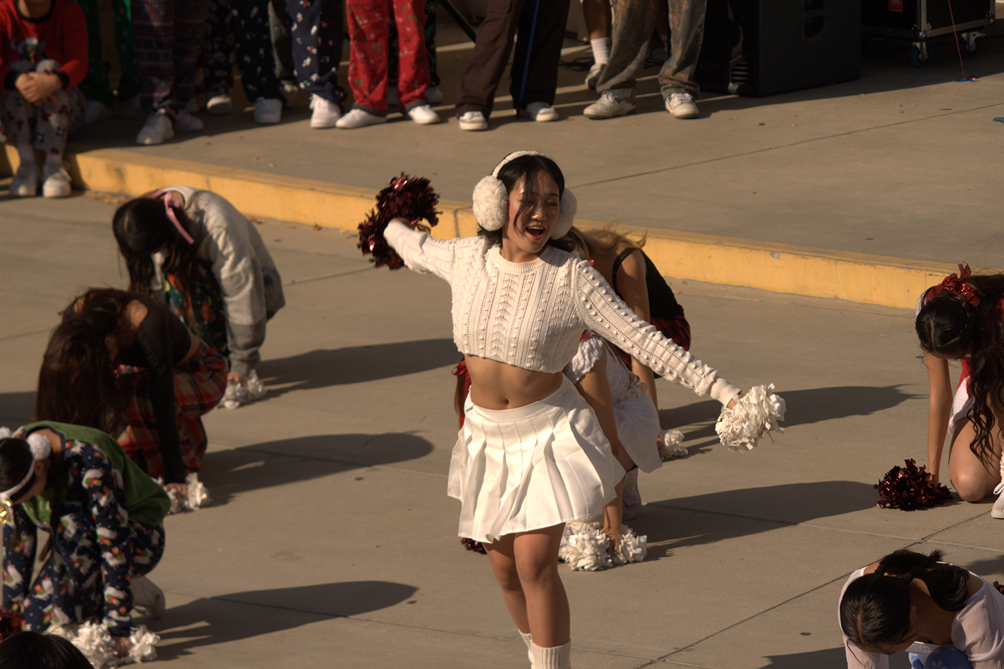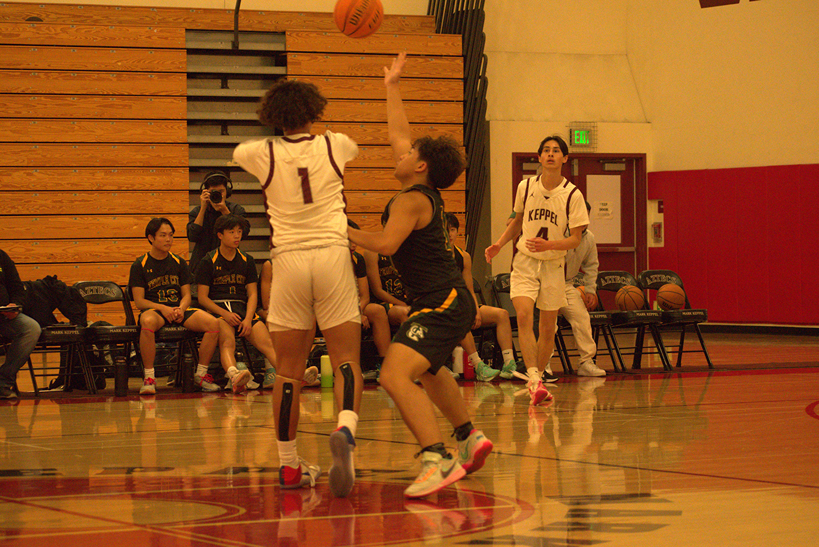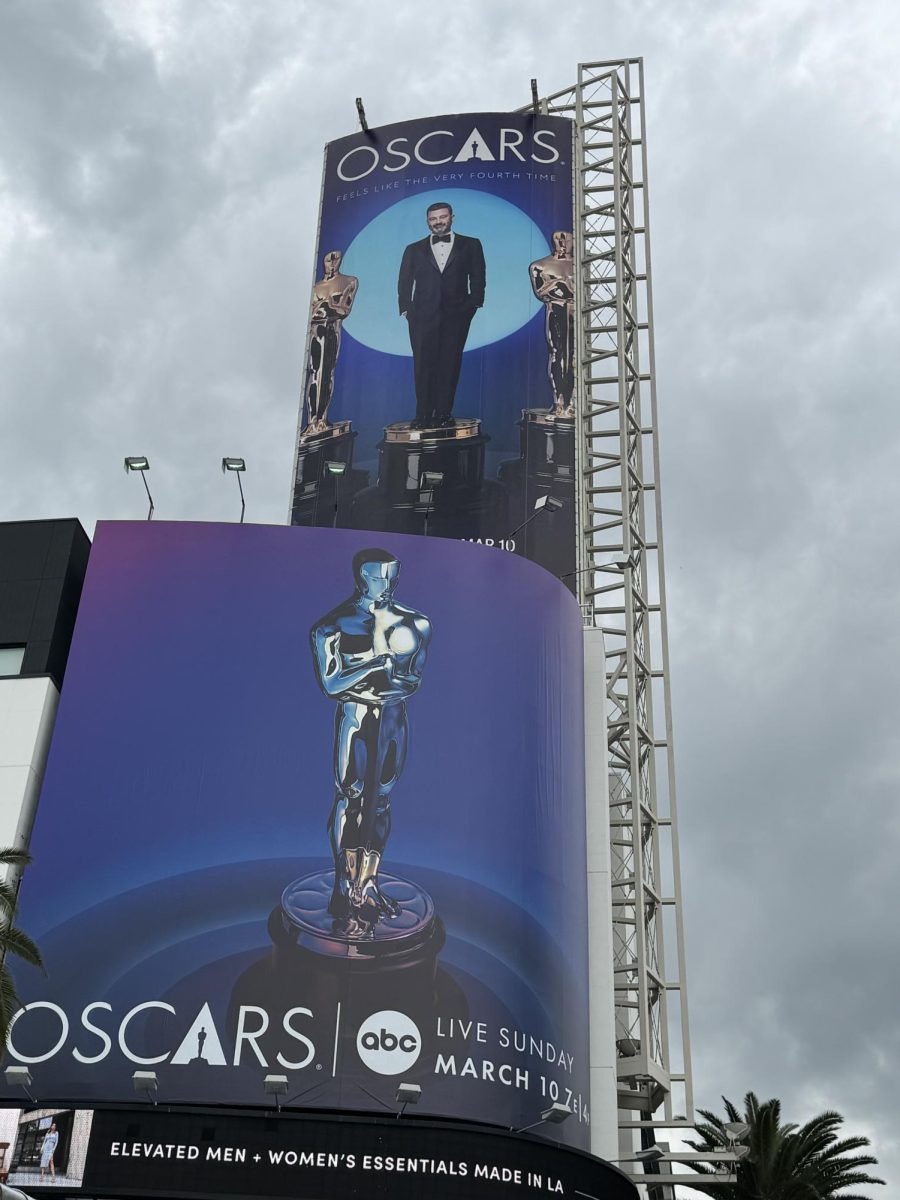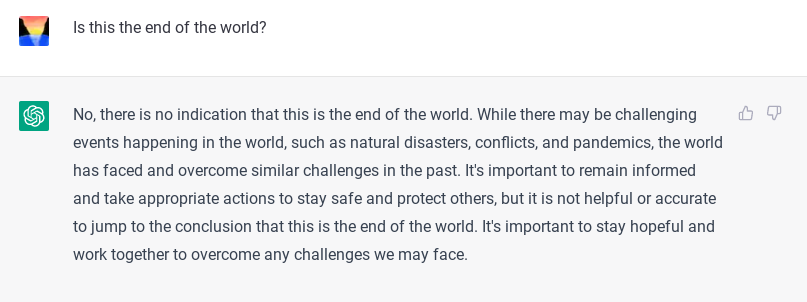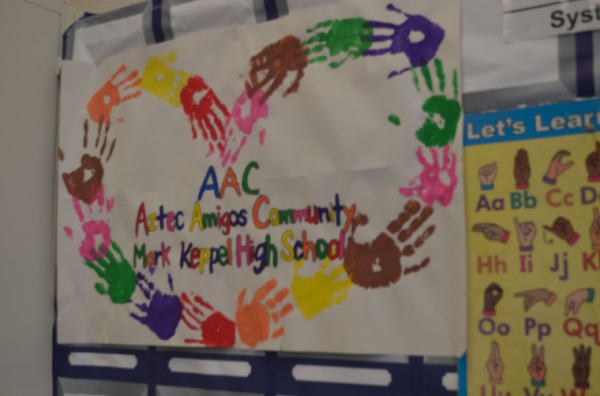Asians Underrepresented by Media
(The Aztec News will be starting a new submission category called “Letter to the Editors,” where Mark Keppel students may share their experiences as a member of the AAPI community. Email your stories to: [email protected] and end with your student ID number for confirmation.)
May 7, 2021
Due to recent events pertaining to Asian stereotypes and Covid-19, as well as the recent hate crimes, media coverage of the asian community has increased “In the past, the media certainly didn’t expose crimes against Asians. More recently, I feel like there’s been a lot more attention drawn to it,” says junior Andy Fung, “there’s certainly been a bit more media coverage of hate crimes against Asians.”
With the concept of Asian hate gaining notoriety, the question about how the media represents the AAPI (Asian American and Pacific Islander) community is brought up. Junior Sammi Chai comments, “I don’t think there is nearly enough exposure as there should be. It might be due to the docile stereotype that is given to Asians where they are submissive and quiet. This influences people to ignore Asian hate crimes as Asians are seen to be unimportant to the discussion.” A study conducted by the University of Toronto’s Rotman School of Management found that East Asians with dominant personality traits are “unwelcome and unwanted by their co-workers.”
“Mainstream media is able to affect public perception on many things, including political matters. A lot of the time, it serves to reinforce societal standards and expectations,” says Fung. While the proportion of hate crimes deemed as “anti-Asian” is relatively small compared with other ethnic groups, the proportion of media coverage to Asian Americans is even smaller, to the extent of being unknown.
California’s Department of Justice has a “transparency initiative” known as Open Justice, in which datasets of information pertaining to California are recorded. Due to the nature of how data collection is managed, real-time data is not feasible. From the years 2015 to 2018, a total of 158 hate crime offenses were noted as “anti-Asian” out of a total of 4020 hate crime offenses, meaning that roughly 3.9% of reported hate crimes in California are labelled as “anti-Asian.” The year 2015 combines the group of crimes labelled as “anti-Asian” with “anti-Pacific Islander” and should arguably be taken with caution. Looking at New York City’s OpenData, NYPD, as of January 25, labelled 31 hate crimes out of 728 as “anti-Asian”. This is roughly 4.3%, comparable to the years 2015-2018 of California and especially similar to the proportion of Asian Americans in the US (4.8%). Los Angeles, in 2020, had a roughly 4.2% rate of anti-Asian hate crimes.

However, according to an Oxford Research Encyclopedia of Communication article, “Race and Ethnicity in US Media Content and Effects,” “so few Asians are depicted on primetime television that little more than their sheer rate of representation is known. ” Another article, “Media Constructions of Culture, Race, and Ethnicity” notes that Asian Americans and natives are “severely underrepresented” in media. A search of LA Times with the keyword “Asian” notes 60,109 articles, worth roughly 1.7% of the 3.5 million articles available. New York Times has a higher number of 236,790 articles, however, the website has more than 13 million articles available.
Hate crimes against Asians are being reported more frequently, however, what is unknown is the number of hate crimes that go unreported. When asked if he feels safe going outside, Fung says, “Yes, since I believe that most people living in my immediate area are generally unlikely to commit hate crimes.” Chai says, “I feel like I am more fortunate to be a part of an Asian dense area; however, this does not negate the worry I feel when my grandmother goes out.”

